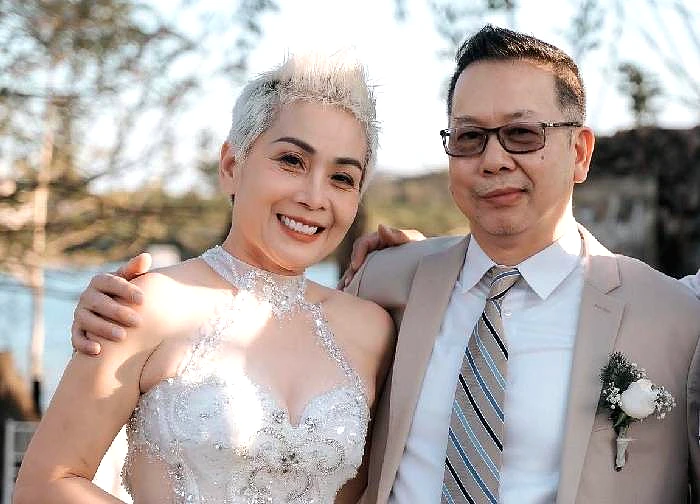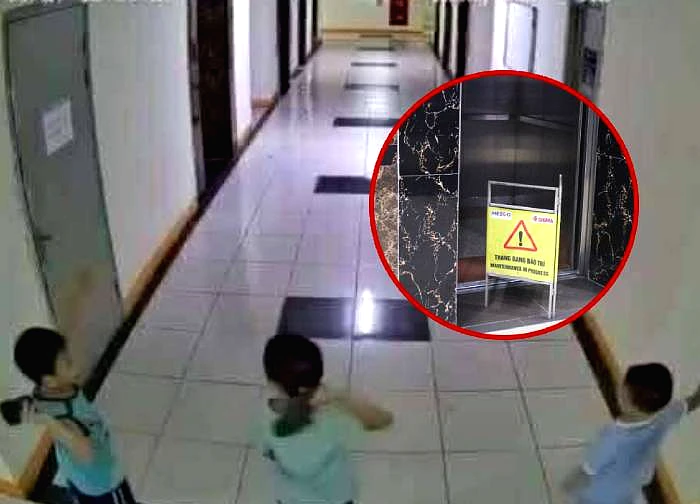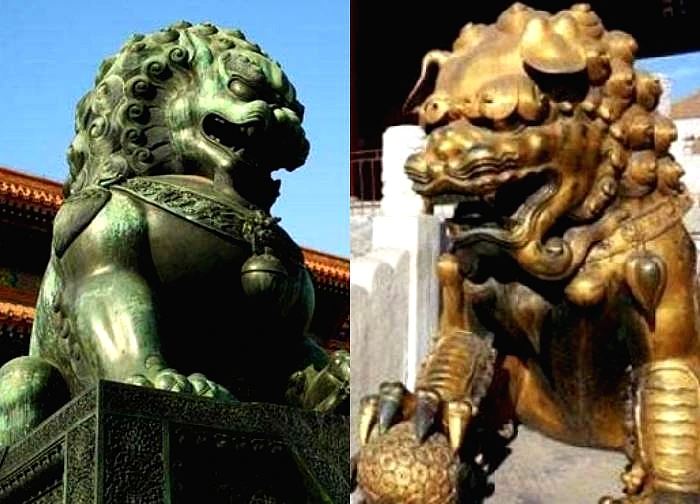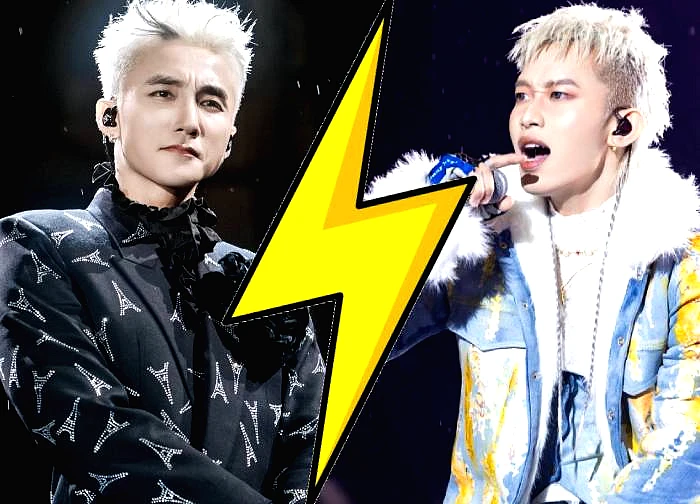Vietnamese man sets Guinness record with world's longest nails

3 | 0 Discuss | Share
Vietnamese people are often surprised to hear about storms with strange names such as Bualoi – which is the name of a famous traditional Thai floating tea, or Matmo – in the Chamorro language used on the island of Guam (USA) which means "heavy rain".
Many people ask the question: Why does the storm have such a name? And who decides on these special names?
Storm naming process
According to information from the News newspaper, the naming of tropical storms is not a coincidence but is strictly regulated by the Hurricane Committee of the World Meteorological Organization of the United Nations (WMO). It is the international body responsible for reviewing, approving, and publishing the list of hurricane names at annual meetings.
Contrary to what many people think, the name of a storm is not only taken from a person's name. The Hurricane Committee often chooses familiar and popular names in the lives of people in areas often affected by storms. Naming makes the identification and information about the storm concise, easy to remember, and easy to call, rather than using lengthy scientific symbols related to coordinates, longitude or latitude.
In addition, since there can be many storms forming at the same time each year, the naming by date can be confusing. Instead, the proper name helps to distinguish clearly and conveniently in forecasting, warning as well as communication to the people.
From holy names to women's names
In the past, the naming of hurricanes was quite different. In the late 19th century, hurricanes were often named after Catholic saints. By 1953, when the U.S. began standardizing the system, hurricanes were named after women — based on the traditional notion that ships also bore women's names.
However, the use of only female names is controversial. By 1979, male names were officially included in the list, creating a balanced system that continues to be maintained today. According to modern convention, when a tropical storm has a maximum sustained wind speed of 63 km/h or more, the WMO assigns it a name on the available list.
Who named hurricanes?
Typhoon names are chosen by the agency in charge of tropical cyclones in each region. There are now a total of 6 Regional Meteorological Centres (RSMC) and many Tropical Storm Warning Centres (TCWCs) responsible for managing the list.
For example, the Atlantic region has a list of 21 names for each year, rotating 6 lists. Thus, the 2019 list will return in 2025. Notably, the letters Q, U, X, Y, and Z are not used.
The Northern Indian Ocean began using the naming system in 2020. The name of the hurricane is listed alphabetically and proposed by each country, ensuring neutrality.
Northwest Pacific Ocean and South China Sea (including Vietnam): hurricanes are often named after landmarks, animals, plants, or natural phenomena. Each country contributes 10 names, divided into 5 rotating lists.
In this area, the Japan Meteorological Agency (JMA) – one of the WMO's 6 specialized meteorological centers – is responsible for forecasting, warning and naming officially.
Storm names of Vietnam
According to the WMO, Vietnam has registered a number of international names for the storm, including: Son Tinh, Co May, Ba Vi, Con Son, Son Ca, Tra Mi, Ha Long, Vam Co, Song Da, Sao La. These are all familiar names associated with place names, tree species or close images in Vietnamese culture. However, not all names are kept on the list forever. If a storm with that name causes heavy damage, it will be removed and replaced.
Strict criteria when choosing a storm name
The WMO clearly stipulates that the name of a hurricane must be neutral, regardless of politics, religion, culture or gender. At the same time, the name must not have an aggressive, offensive or offensive connotation. Normally, the name of the storm must be short, easy to pronounce, no more than 8 letters and must be clearly pronounced.
In particular, in the northern Indian Ocean, the name of the storm will not be repeated. This is to avoid confusion and help each storm carry a distinct "mark".
When were hurricane names removed?
In the event of a hurricane with catastrophic consequences, its name will be permanently removed. For example, South Korea once proposed to remove the name of Typhoon Sao Mai proposed by Vietnam, because this storm has seriously devastated their country. Vietnam has also petitioned to remove the name Chanchu (given by South Korea) because it has caused heavy losses to Vietnamese fishermen.
Historically, many famous names have been removed such as Typhoon Tracy (Australia, 1974), Typhoon Mitch (Honduras, 1998), Hurricane Katrina (USA, 2005), Typhoon Sandy (USA, 2012), Typhoon Haiyan (Philippines, 2013), Typhoon Irma and Maria (Caribbean, 2017), Typhoon Mangkhut (Philippines, 2018). These names are associated with heavy destruction of people and things, so they are never reused.
Meaning of Naming
Assigning a unique name to each storm not only makes information and forecasting easier, but also has long-term warning value. As Shepherd puts it, "The naming not only creates a deep impression of the storm after many years, sending a message about its devastation more effectively, but also serves as a long-term reference for people to understand that an equivalent storm is imminent."
Once a name is associated with a mourning memory – like Katrina or Haiyan – it is permanently removed from the list. This helps people not to be confused, and at the same time reminds them of the danger of natural disasters.
Behind the seemingly improvisational names of the storm is a scientific, rigorous and humane system. Each name is not only to call, but also to remember, warn and remind of the terrible power of nature.
The next time we hear the forecast of a hurricane with an unfamiliar name, perhaps we will understand that the name is not only an identifier but also part of a global effort to protect people from increasingly fierce natural hazards.
Why do Chinese netizens post pictures of Nicholas Tse in front of houses to protect against super typhoon Ragasa?  Mai Hoa22:28:44 25/09/2025Many netizens hung a picture of actor Nicholas Tse in front of their house to protect against typhoon Ragasa and posted it online, making everyone laugh. This is not just a funny act, but actually has a hidden meaning behind it.
Mai Hoa22:28:44 25/09/2025Many netizens hung a picture of actor Nicholas Tse in front of their house to protect against typhoon Ragasa and posted it online, making everyone laugh. This is not just a funny act, but actually has a hidden meaning behind it.

3 | 0 Discuss | Share

2 | 0 Discuss | Share

1 | 0 Discuss | Share

4 | 0 Discuss | Share

2 | 0 Discuss | Share

4 | 0 Discuss | Share

4 | 0 Discuss | Share

3 | 0 Discuss | Share

2 | 0 Discuss | Share

4 | 0 Discuss | Share

1 | 0 Discuss | Share

3 | 0 Discuss | Share



4 | 0 Discuss | Report